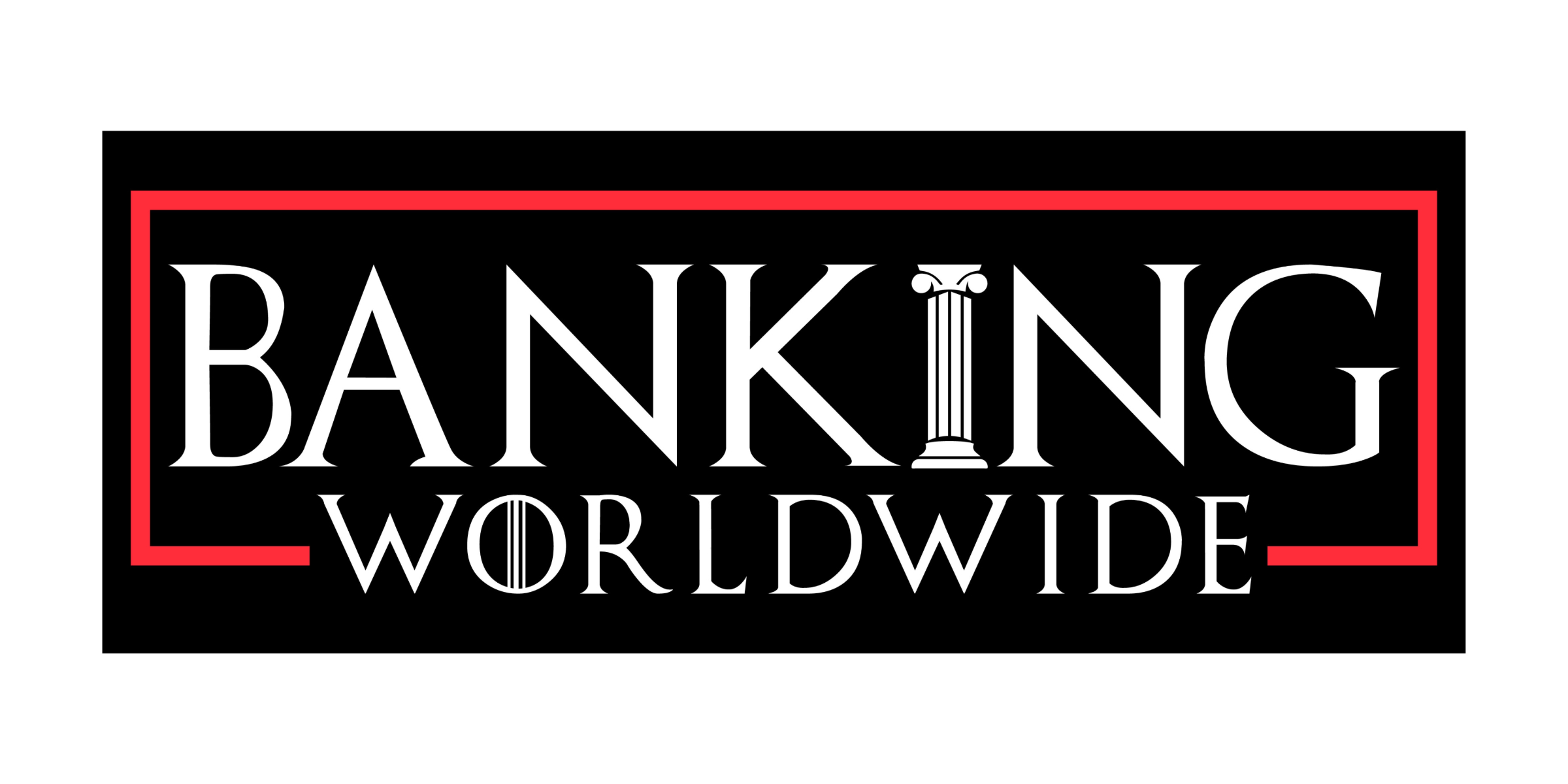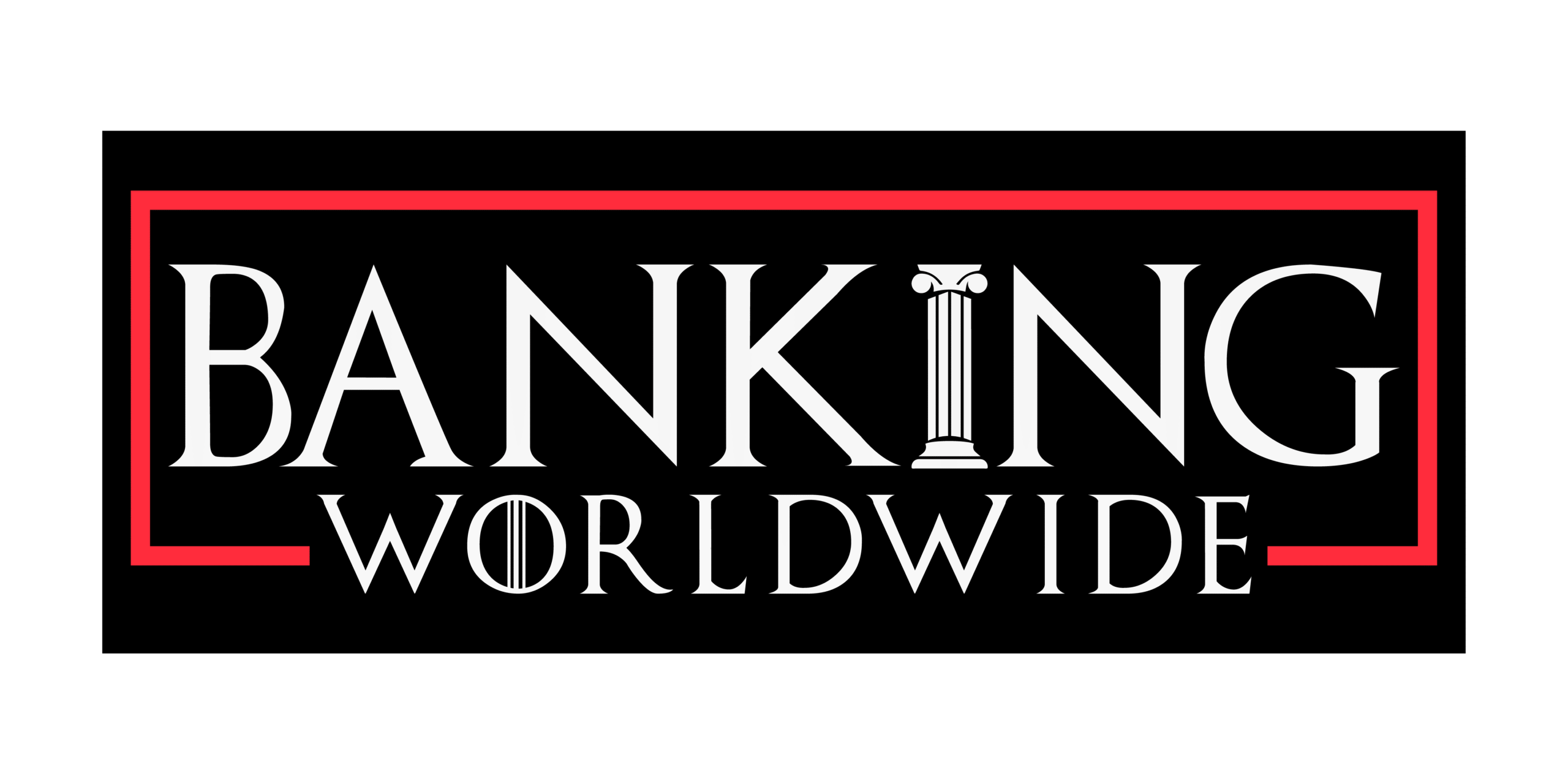Fintech has evolved from a disruptive niche into the driving force behind modern global banking. In 2025, financial technology is no longer an add-on — it’s the foundation of how banks, regulators, and consumers interact. From instant payments to decentralized finance, fintech innovation is reshaping the way money moves worldwide.
Understanding Fintech in the Global Context
Fintech — short for financial technology — encompasses digital tools that streamline, automate, and democratize financial services. Its influence stretches from everyday banking apps to blockchain-based global settlements. Today’s leading banks collaborate with fintechs to stay competitive in a rapidly digitizing world.
Key Areas of Transformation
1. Digital Payments and Real-Time Transactions
Instant payment systems such as SEPA Instant, FedNow, and UPI have transformed how consumers and businesses transfer funds. These platforms enable seamless cross-border payments, reducing transaction times from days to seconds.
2. Open Banking and API Integration
Open banking frameworks — now adopted across Europe, Asia, and the Americas — allow third-party providers to securely access financial data. This promotes innovation, transparency, and competition, enabling consumers to benefit from personalized products and better rates.
3. Artificial Intelligence and Automation
AI powers everything from risk modeling to customer service chatbots. Banks use predictive analytics to assess creditworthiness, detect fraud, and automate compliance — reducing operational costs while improving accuracy and customer experience.
4. Blockchain and Digital Assets
Blockchain has become integral to secure transactions and decentralized finance (DeFi). Major institutions are exploring tokenized assets, smart contracts, and central bank digital currencies (CBDCs) to streamline settlements and enhance transparency.
5. Embedded Finance
Non-financial platforms like e-commerce and mobility apps now integrate payments, lending, and insurance directly into their ecosystems. This “banking everywhere” model expands financial inclusion and diversifies how consumers interact with financial services.
Regional Perspectives
- Asia-Pacific: Fintech hubs such as Singapore, Hong Kong, and India lead innovation in payments and digital identity.
- Europe: The UK and EU remain at the forefront of open banking and digital regulation.
- North America: The US drives fintech investment, with AI-led automation shaping future banking operations.
Challenges and Regulatory Shifts
Rapid growth brings challenges — including data privacy, cybersecurity, and fragmented regulation. Supervisory authorities like the FCA, MAS, and OCC are adapting oversight models to ensure innovation aligns with financial stability.
The Future of Fintech and Global Banking
By 2030, fintech will be indistinguishable from banking. Expect full interoperability between digital wallets, CBDCs, and cross-border payment networks. Traditional banks will function as ecosystem enablers — merging trust, technology, and agility.
Frequently Asked Questions
Q: What is driving fintech adoption globally?
A: Customer demand for faster, cheaper, and more transparent services, combined with rapid advancements in AI, mobile technology, and data sharing.
Q: How are banks adapting to fintech disruption?
A: Most major banks now partner with or acquire fintech startups, integrate open banking APIs, and invest in in-house innovation labs.
Q: What risks come with fintech growth?
A: Cybersecurity threats, regulatory uncertainty, and digital inequality remain key challenges for the industry.
Conclusion
Fintech is redefining global banking — turning legacy systems into agile, customer-focused ecosystems. As digital transformation accelerates, banks that embrace innovation will lead the next era of finance.
For a deeper look at how fintech fits into the bigger picture of global banking, visit our
Banking Worldwide pillar page for comprehensive analysis and insights.







